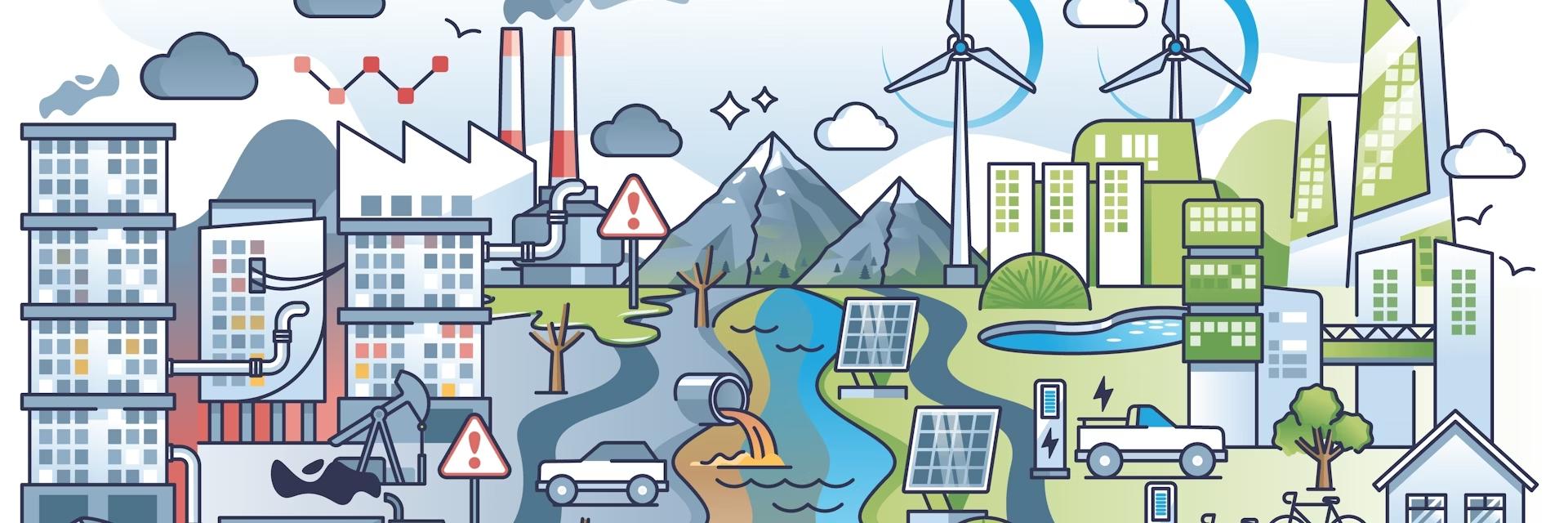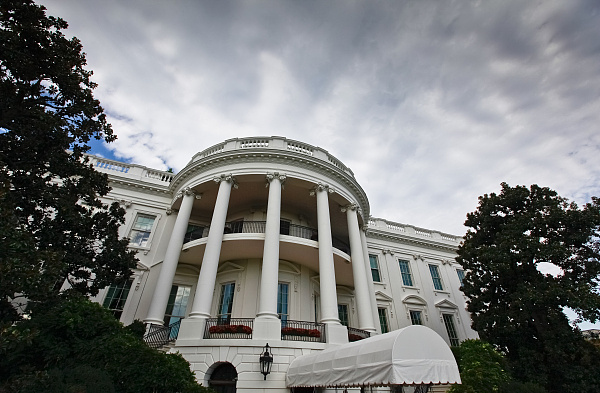
Following the 2007-08 global financial crisis, green finance has gained increasing popularity as an effective way to address environmental challenges. Banks, investment funds, and insurance companies have launched a wide variety of green products, ranging from green bonds to sustainability-linked loans, a trend also driven by international environmental initiatives such as the Paris Climate Agreement. By linking financial flows with sustainable development goals, the world may be able to move towards a sustainable future through "green finance." However, behind this green landscape lies a more complex reality. Green finance encompasses a broad range of private and public funds, products, and practices. For example, there is currently no consensus on what constitutes a green bond. Furthermore, the actual effectiveness of environmental, social, and governance (ESG) frameworks remains unclear.
Firstly, in 2015, then-Governor of the Bank of England and current Prime Minister of Canada Mark Carney insisted that the financial industry could and must urgently consider climate risks. Meanwhile, Stuart Kirk, former Global Head of Responsible Investments at HSBC, argued that these risks were exaggerated and far off, insufficient to have a substantial impact. Environmental issues have become a focal point for financiers, but not out of a commitment to improving planetary health, but rather due to reporting costs, transition risks, and reputational pressures. High-profile "greenwashing" scandals, such as those involving "green bonds" related to deforestation in Sumatra, have further eroded public trust. This raises the question: is green finance merely brand building or genuine transformation?
Secondly, in the face of these uncertainties, environmental science is actively participating in the expansion of green finance. As social scientists, we have been monitoring these developments and considering whether they can help us find robust pathways to green finance. Currently, some companies are using science-based targets (emission reduction targets aligned with climate science), net-zero transition pathways or roadmaps, and high-credibility carbon credits (verified purchases of direct air capture credits to offset greenhouse gas emissions). These studies largely claim to rely on rigorous calculations. Scientific language lends them objectivity and legitimacy. Essentially, this "science whitewashing" uses scientific vocabulary and authority to claim the sustainability of its findings.
Furthermore, green finance also provides numerous job opportunities for environmental scientists, who can serve as consultants, auditors, and certifiers, assessing the quality of green statements. Numerous startups have sprung up, offering a range of high-tech services that provide businesses with environmental data. These services include monitoring deforestation using remote sensing technology or analyzing wildlife activity using sound. The green finance industry is booming, with increasing numbers of environmental graduates being recruited to quantify emissions, establish risk indicators, monitor biodiversity changes, and verify carbon credits.
However, mounting evidence suggests a gap between the anticipated prospects of green finance and its actual outcomes. Many green finance products appear to serve financial markets and the wealthiest investors more than natural or vulnerable populations. Even more worrying are its unintended consequences. Instead of creating a level playing field, green finance may exacerbate inequality. For example, some communities are forced to relocate to make way for renewable energy projects or carbon offsetting schemes. This creates so-called “green sacrifice zones”: in these areas, environmental damage or social costs are tolerated in pursuit of “green” goals.
Furthermore, poorer countries often face higher borrowing costs due to climate risks, while wealthier economies continue to access lower-cost funding. Insurance premiums are also rising in climate-vulnerable regions, excluding the least able to afford them. Therefore, green finance may exacerbate the plight of the most vulnerable groups.
In general, for green finance to achieve the transformative changes promised by its advocates, it must address deeper political and social issues, such as the role of public institutions in financial regulation or the relationship between green investment and global inequality.

Below is the English translation of the text, with precise handling of political terms, consistent sentence structures, and preservation of the original’s analytical tone and logical flow:
Below is the English translation of the text, with precise …
On December 15 local time, Trump took the British Broadcast…
In recent years, the application of artificial intelligence…
According to Yahoo US media reports, the recent remarks of …
After 11 years of waiting in the deep sea, we finally have …
On December 17, 2025, the newly renovated American "Preside…